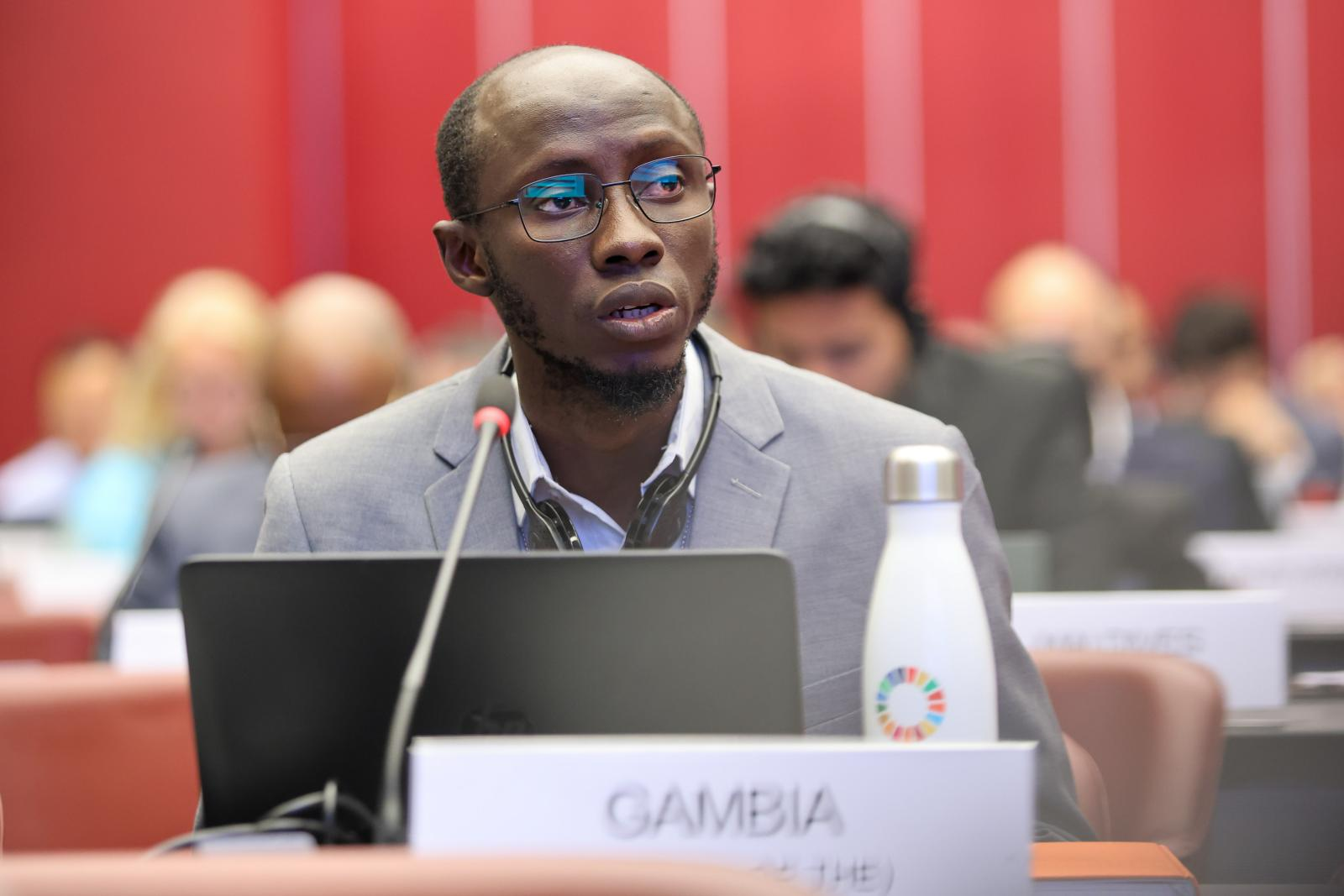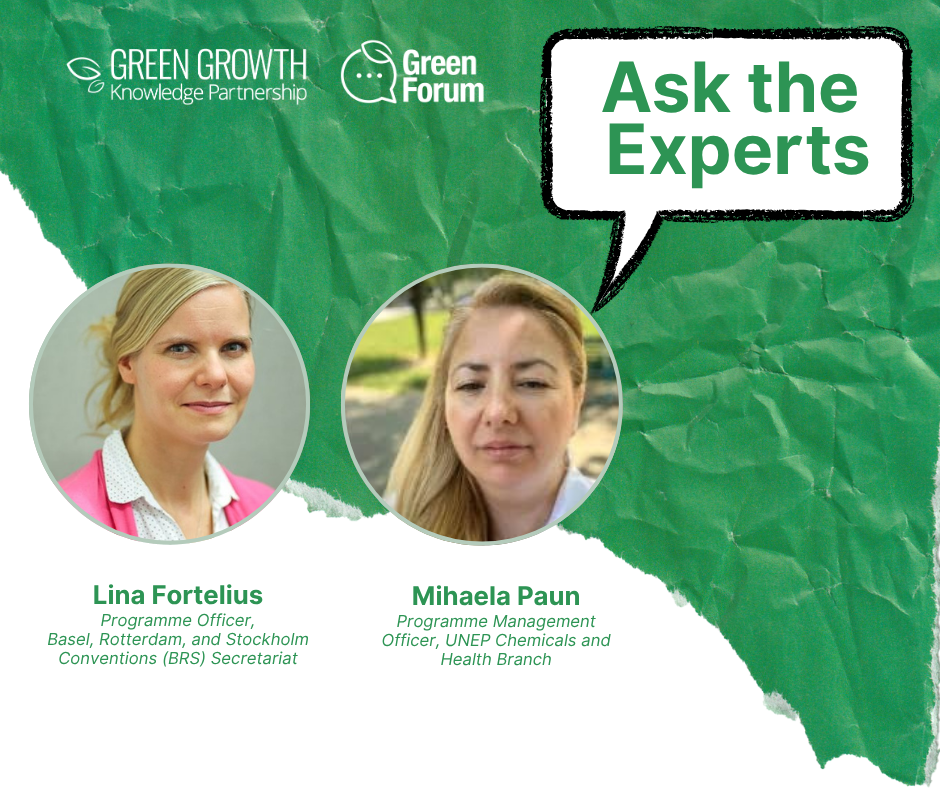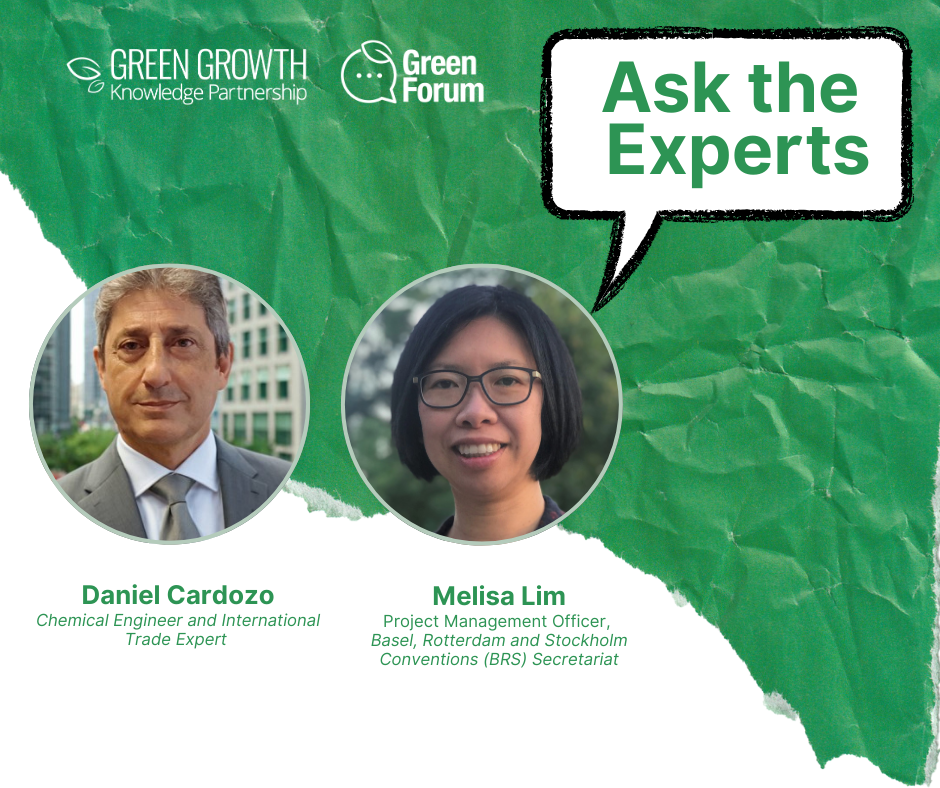This is a summary of the Green Growth Knowledge Partnership’s first Ask the Expert session, held online from 9 to 13 June 2025.
Ask the Expert is a new weekly format for exchange and collaboration, featuring global experts from our Network of the Industry and Value Chains who answer questions on industry and value chains, including green growth, sustainable finance, resource efficiency and the circular economy.
Yolanda Salazar, Executive Director of the National Cleaner Production Centre (NCPC) El Salvador, launched the first session with insights on unlocking small and medium-sized enterprise (SME) access to finance, offering practical advice on improving resource efficiency and financial readiness.
Below is a summary of the session’s Q&A. The full exchange is available here.
Is SME self-financing for circular economy investments common globally?
Yes. Many SMEs in developing and transition economies rely on their own funds due to limited access to green finance, perceived risks and weak credit histories. Financial ecosystems are often risk-averse and lack tailored products for sustainability investments.
How can support organizations help SMEs access finance?
Support organizations can bridge the gap by translating circular economy projects into bankable terms, training financial institutions, showcasing success stories, facilitating green finance mechanisms, and offering certification programmes that validate environmental and economic performance.
Do banks see circular business models as riskier?
Initially, yes – due to unfamiliar revenue models like leasing or the use of recycled materials. However, with proper planning and financial projections, circular economy models can become resilient and profitable. Support organizations can help mitigate perceived risks through validation and market analysis.
Why don’t SMEs find green credit attractive in some regions?
In some cases, green loans offer no financial advantage over regular loans. Without lower interest rates or incentives, SMEs see little benefit in choosing green credit lines.
How can financial institutions be motivated to lower green loan rates?
By demonstrating lower risk through case studies, providing guarantees or blended finance, training credit officers on circular economy models, and promoting public policies that incentivize sustainable lending.
What innovative financing models can support circular SMEs?
Models include results-based financing, revolving funds, blended finance and voucher schemes. These reduce risk, improve access and align incentives for both SMEs and financial institutions.
How can women and youth entrepreneurs access finance under strict conditions?
Through capacity building in business planning and pitching, guarantee funds, blended finance tools and alignment with regional trade programmes like the African Continental Free Trade Area (AfCFTA). Tailored support and inclusive ecosystems are key.
Can certification costs be recovered through price premiums?
Yes, in export-oriented or ESG-driven markets. Success depends on product-market fit, buyer engagement, and bundling certification with access to finance or procurement opportunities.
How can MSMEs secure low-cost finance for circularity and decarbonization?
Options include blended finance, green credit lines, results-based financing, crowdfunding and technical assistance bundled with finance. These approaches improve affordability and bankability.



